I Visited All 63 US National Parks — These 6 Keep Calling Me Back, And 4 I’m Fine Seeing Just Once
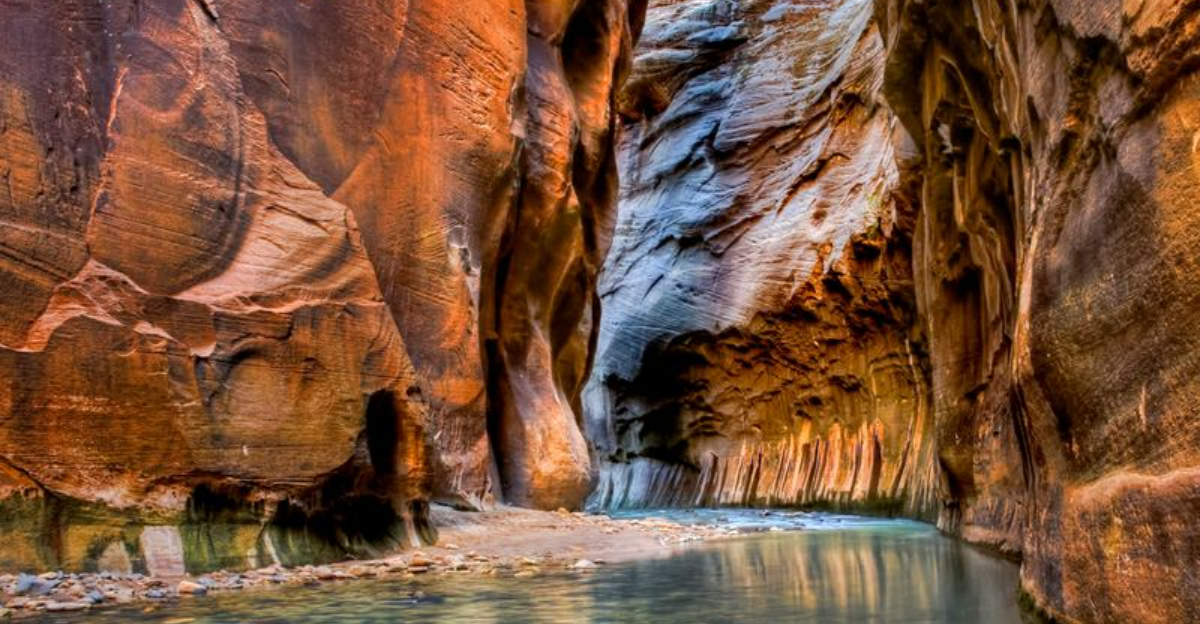
After years of adventure across America’s most treasured landscapes, I’ve finally checked all 63 national parks off my bucket list. Each park tells its own story through unique terrains, wildlife encounters, and natural wonders.
While every park deserves appreciation, some captured my heart so completely that I find myself planning return trips, while others, though beautiful, didn’t spark that same magnetic pull for a second visit.
1. Yellowstone’s Wild Heart Never Gets Old
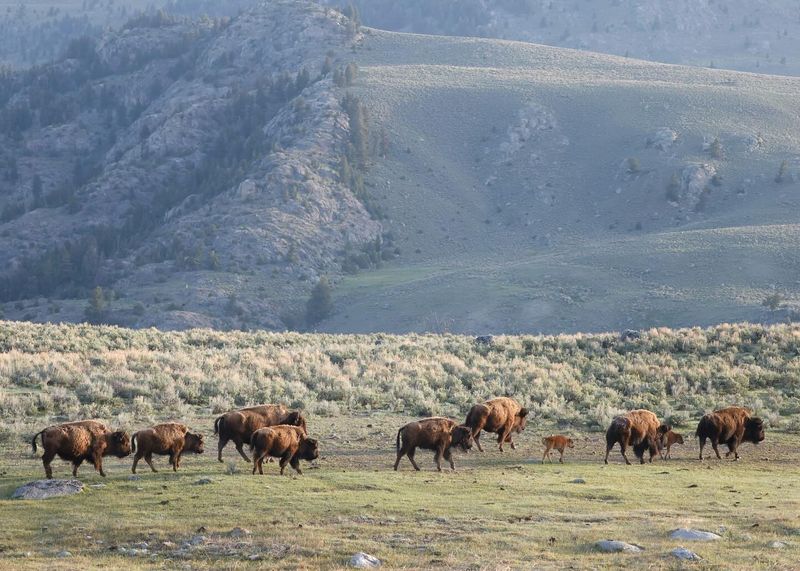
Morning fog lifting off Lamar Valley reveals wolves tracking bison herds across frost-covered meadows. My fifth visit was as magical as my first. Few places combine geothermal wonders, megafauna, and pristine wilderness so perfectly.
Rangers know me by name now, always pointing out fresh wolf tracks or newly active geysers I might have missed. The park changes constantly—last summer’s wildflowers give way to this year’s wildlife babies.
Winter visits offer solitude among steaming pools while summer brings vibrant colors and bustling wildlife activity. No matter the season, Yellowstone’s wild spirit keeps pulling me back.
2. Zion’s Red Canyons Speak to My Soul
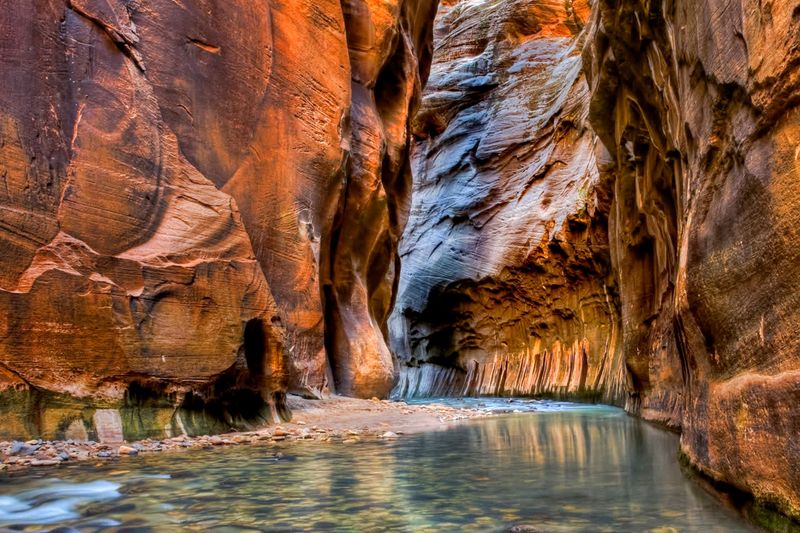
Standing at the bottom of those towering sandstone walls makes my problems seem wonderfully small. Ankle-deep in the Virgin River during my Narrows hike, I felt the most peaceful I’ve ever been, despite doing it three times now.
Locals taught me about hidden trails away from Angel’s Landing crowds. These quieter corners of Zion hold ancient pictographs and secret spring wildflower displays that few visitors discover.
Sunset transforms the canyon walls into a light show of orange, pink and purple that photographs can never fully capture. My camera roll has hundreds of attempts anyway.
3. Olympic’s Three-in-One Diversity Amazes Every Time

Hiking through temperate rainforest in the morning, exploring wild beaches at lunch, and watching alpenglow on snowy peaks by evening – all in one day! Olympic’s ecological diversity makes it impossible to fully appreciate in just one visit.
My fourth trip revealed tide pools I’d somehow missed before, filled with neon sea stars and tiny sculpin fish darting between anemones. The Hoh Rainforest’s moss-draped maples look different each season, especially when fall colors emerge.
Rangers remember my enthusiasm for banana slugs and always point out the biggest ones on trails. No other park packs so many ecosystems into one protected area.
4. Grand Teton’s Jagged Beauty Keeps Me Coming Back
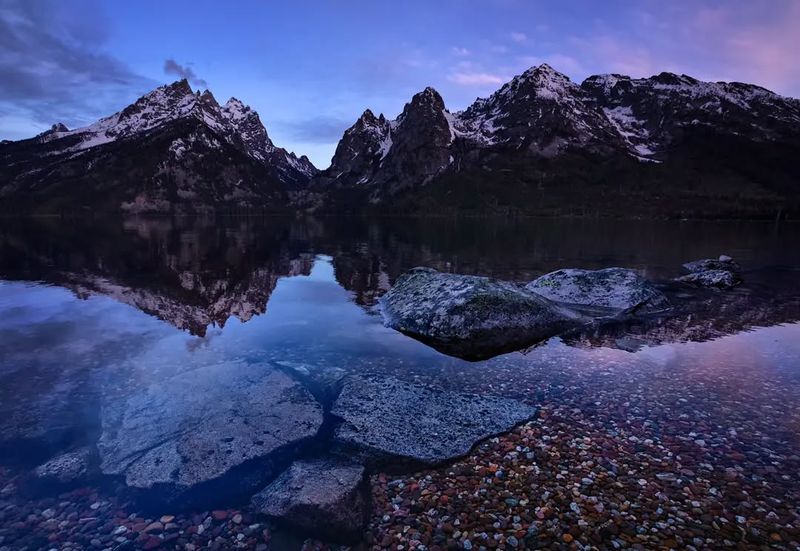
Those sharp peaks rising suddenly from the valley floor without any foothills create the most dramatic mountain skyline in America. My camera never captures their true majesty, which is why I’ve returned four times trying for the perfect shot.
Moose wade through reflecting ponds at sunrise while beavers busily repair dams nearby. Each season transforms the landscape – spring wildflowers, summer thunderstorms, fall aspens, and winter snow all make the Tetons look completely different.
Kayaking across Jenny Lake at dawn reveals the mountains’ reflection so perfectly it’s hard to tell which way is up. I’ve promised myself to return during each season eventually.
5. Glacier’s Disappearing Ice Fields Demand Repeat Visits

Watching mountain goats navigate impossibly steep slopes while hiking the Highline Trail never gets old. Each visit shows how rapidly the park’s namesake glaciers are shrinking – a sobering reminder of our changing climate.
Hidden Lake’s turquoise waters appear different depending on the light, sometimes emerald, sometimes sapphire. Wildflower season transforms alpine meadows into natural gardens that would make professional landscapers jealous.
Grizzly sightings from safe distances add heart-pounding excitement to hikes. The Going-to-the-Sun Road offers new views with each bend, though I’ve driven it six times now. This park’s beauty feels increasingly precious knowing its glaciers may disappear within decades.
6. Yosemite’s Granite Cathedrals Still Take My Breath Away
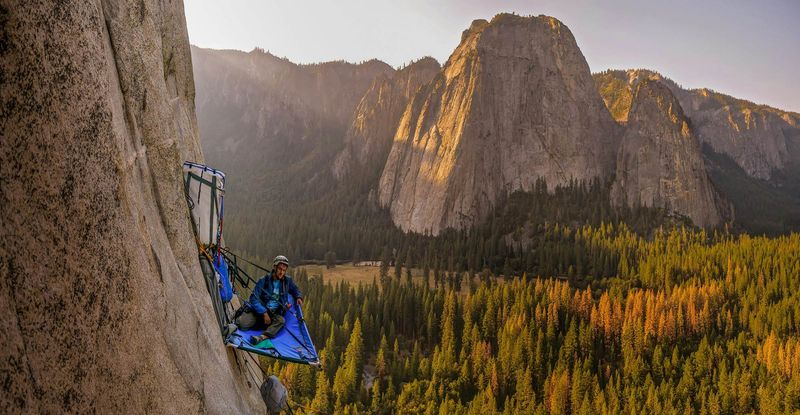
First light hitting El Capitan turns the massive granite face golden – a sight that’s made me gasp out loud every single time. Watching climbers as tiny dots on the wall reminds me of human determination against nature’s grandest canvas.
Waterfall season transforms the valley with thundering cascades visible from miles away. Even in drought years, Yosemite’s meadows and granite formations create scenes that feel spiritually significant regardless of your beliefs.
Hiking to lesser-known viewpoints like Artist Point offers perspectives most visitors miss. Though I’ve visited seven times, I still discover new corners that John Muir himself would have treasured in his beloved valley.
7. Hot Springs’ Urban Setting Lacks Wilderness Appeal

Historic bathhouses line Central Avenue where visitors soak in thermal waters that once attracted gangsters and baseball legends. While the healing waters are pleasant enough, the urban setting feels more like visiting a spa town than experiencing nature’s grandeur.
Hiking trails wind through pleasant woods but lack the jaw-dropping views found in western parks. The bathhouse architecture impresses more than the natural features, which seems backward for a national park.
Worth seeing once for its unique place in American history and unusual urban national park status. However, after checking it off my list, I don’t feel the magnetic pull to return that wilderness parks create.
8. Gateway Arch’s Technical Park Status Feels Stretched
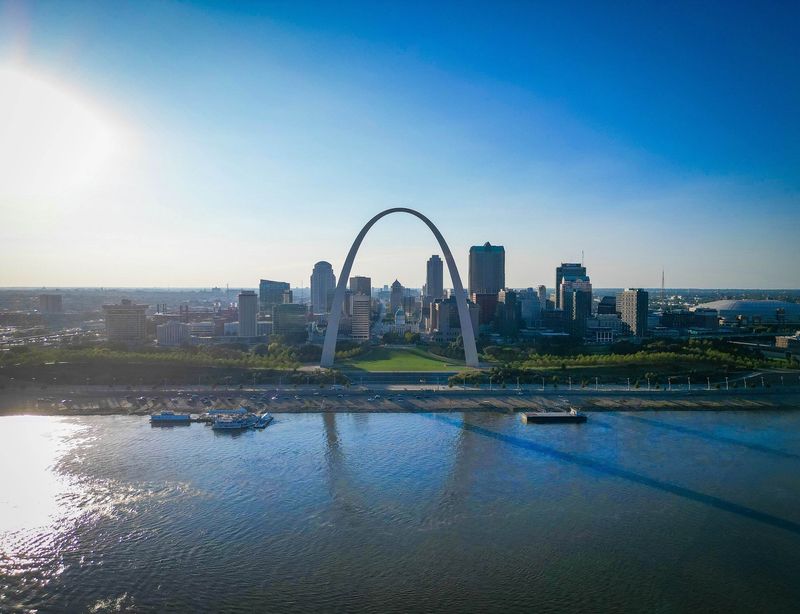
Riding the tram to the top offers impressive views of St. Louis and the Mississippi River. The engineering marvel deserves appreciation, but calling this urban monument a national park alongside wilderness wonders like Yellowstone feels like category confusion.
Museum exhibits beneath the Arch tell important stories about westward expansion, though they could exist without full park designation. The grounds provide pleasant green space in the city center, but lack the natural wonders I associate with national parks.
My one-hour visit felt sufficient to appreciate this architectural icon. While worth seeing once, it doesn’t inspire the multi-day exploration that wilderness parks demand from visitors seeking natural immersion.
9. Cuyahoga Valley’s Recovered Landscape Has Limited Drama

Watching bald eagles soar over a river that once caught fire demonstrates nature’s resilience when humans commit to restoration. This ecological comeback story deserves celebration, but the scenery lacks the drama of western parks.
Pleasant hiking trails wind through forests and past small waterfalls that would be unremarkable in more mountainous regions. The Ohio & Erie Canal Towpath offers flat, easy cycling through history, though without breathtaking vistas to reward your efforts.
Local residents clearly treasure this green space between Cleveland and Akron. For travelers accustomed to Yosemite’s cliffs or Yellowstone’s geysers, however, Cuyahoga feels more like a pleasant state park than a bucket-list destination worthy of repeat visits.
10. Indiana Dunes’ Lakeshore Beauty Competes With Industry

Climbing massive sand dunes reveals surprising views of Lake Michigan’s turquoise waters on one side and industrial smokestacks on the other. This jarring contrast defines a park trying to preserve natural beauty within America’s industrial heartland.
Rare plant species thrive in surprising microhabitats where wetlands, forests, and dunes create ecological edges. Birders flock here during migration seasons when the shoreline becomes a highway for traveling species.
My single visit satisfied my curiosity about this newest addition to the park system. While the dunes themselves impress, the nearby factories and power plants create a visual and sometimes olfactory distraction that diminishes the wilderness experience I seek in national parks.
